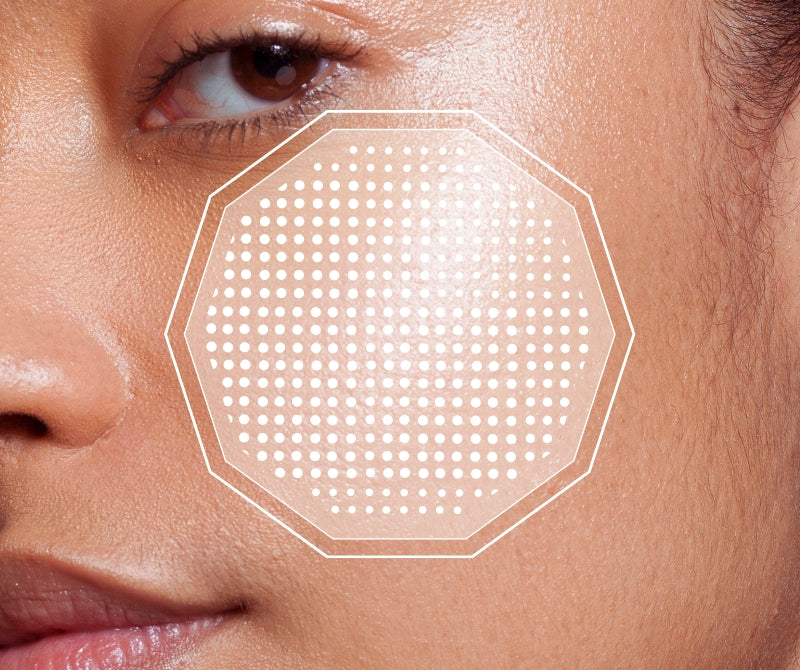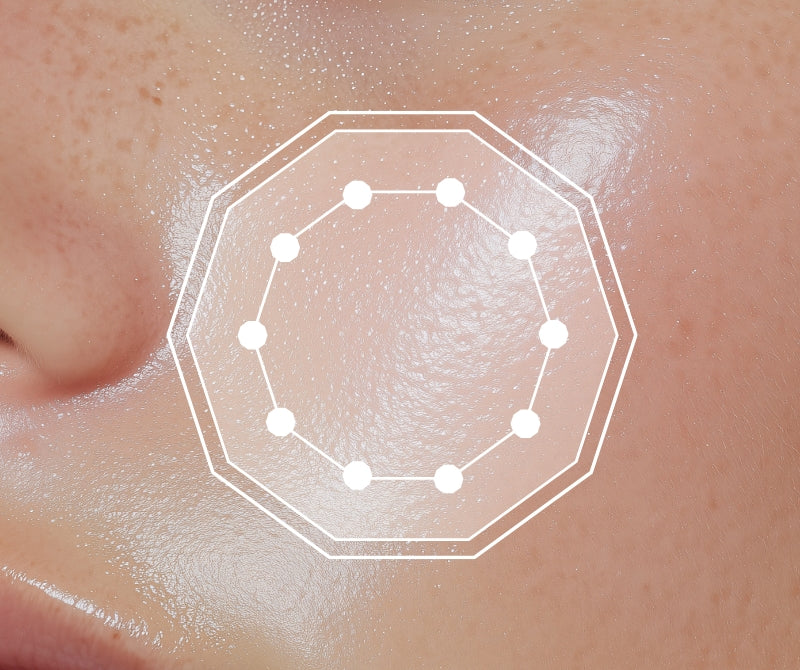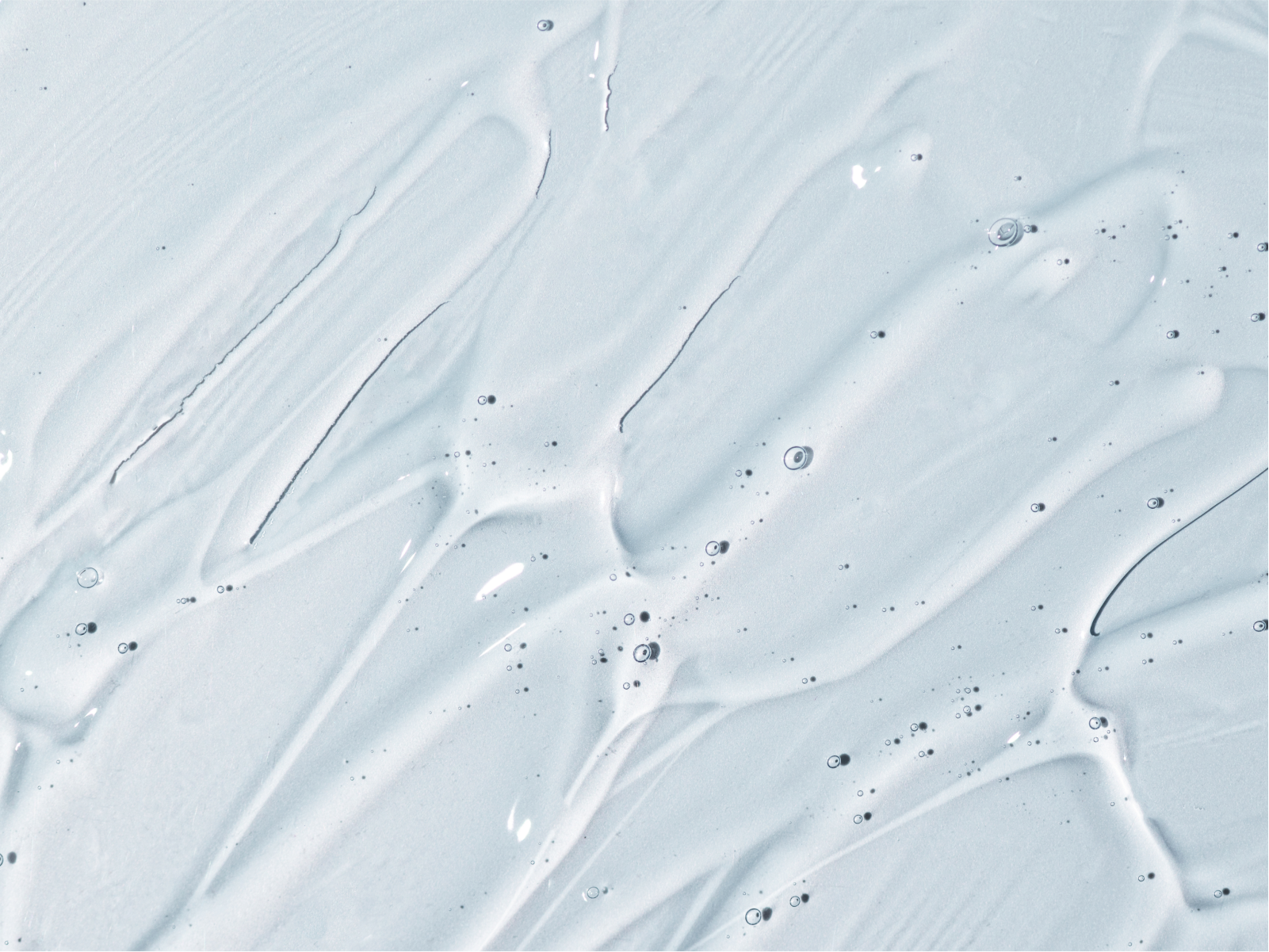Everyday Polisher
Everyday Polisher
BodyologistBenefits
Read less
More Info
-
-
+
Who it is for

-
-
+
How to Apply

-
-
+
Ingredients

-
-
+
Smell & Texture


For you if
Not For you if






The Benefits

Physical Exfoliation

Cleansing

Nourishing

Hydrating

Anti-Inflammatory

Antioxidant
-
-
+
 Physical Exfoliation
Physical Exfoliation
-
-
+
 Cleansing
Cleansing
-
-
+
 Nourishing
Nourishing
-
-
+
 Hydrating
Hydrating
-
-
+
 Anti-Inflammatory
Anti-Inflammatory
-
-
+
 Antioxidant
Antioxidant
Active Ingredients

Apricot Seed Powder

Natural Soap Agents

Vitamin E

Glycerin
-
-
+
 Apricot Seed Powder
Apricot Seed Powder
-
-
+
 Natural Soap Agents
Natural Soap Agents
-
-
+
 Vitamin E
Vitamin E
-
-
+
 Glycerin
Glycerin
Spotlight

Physical & Chemical Exfoliation
Why I love it
X Natalie K-F
Founder, Embassy of Beauty










